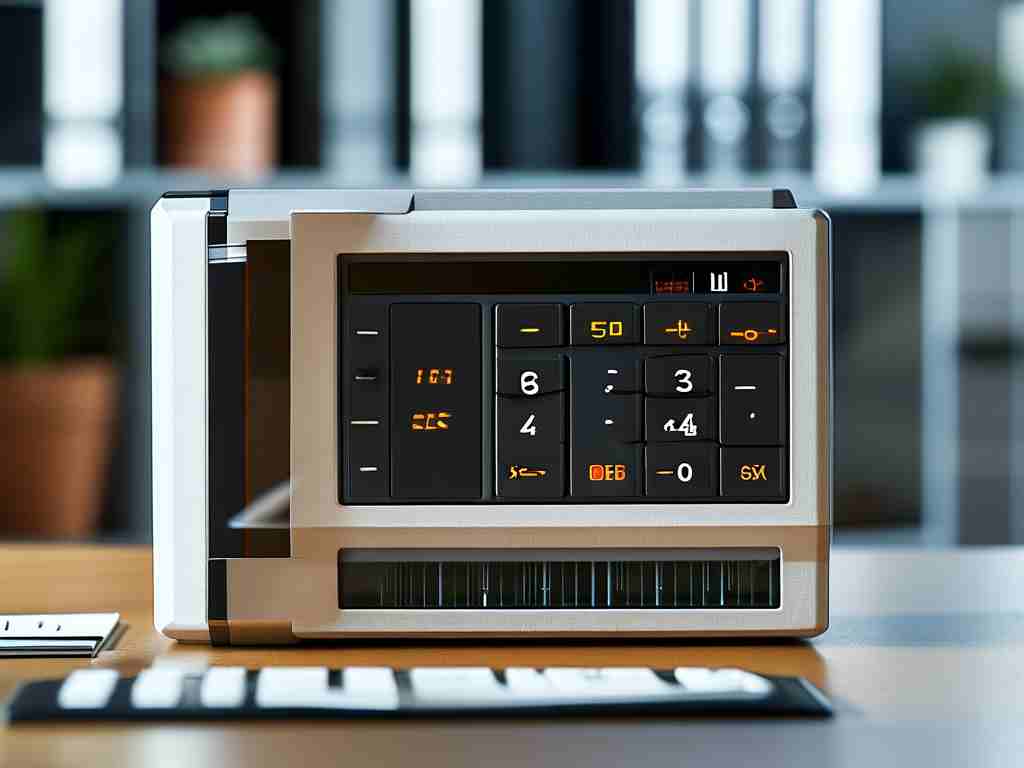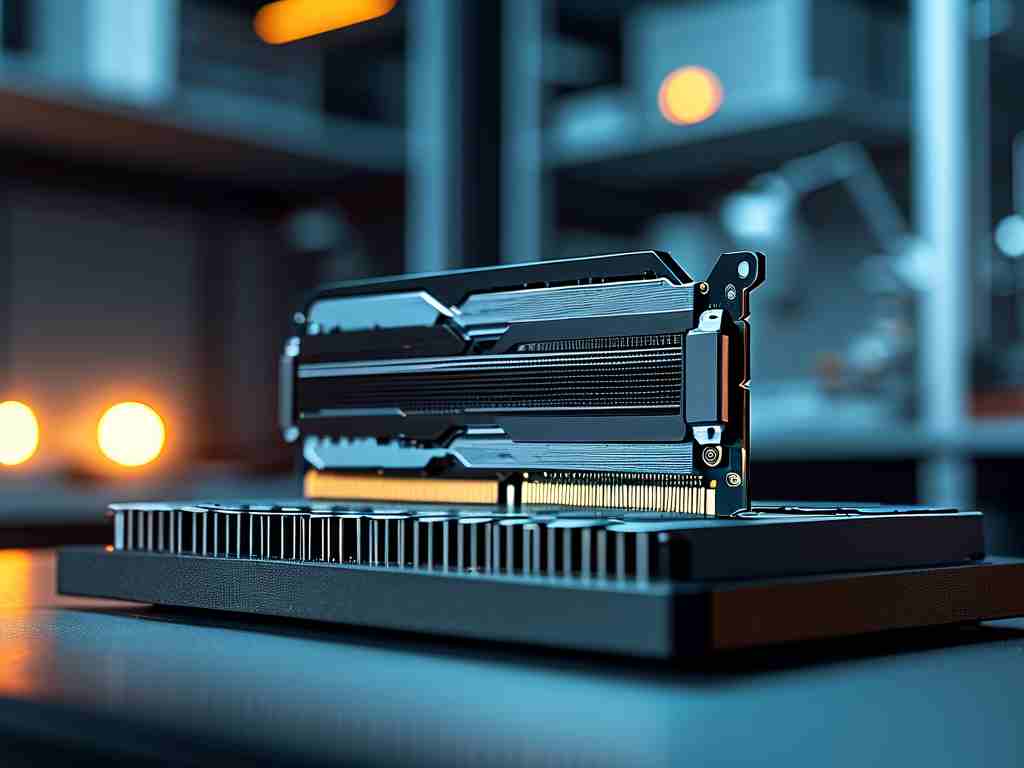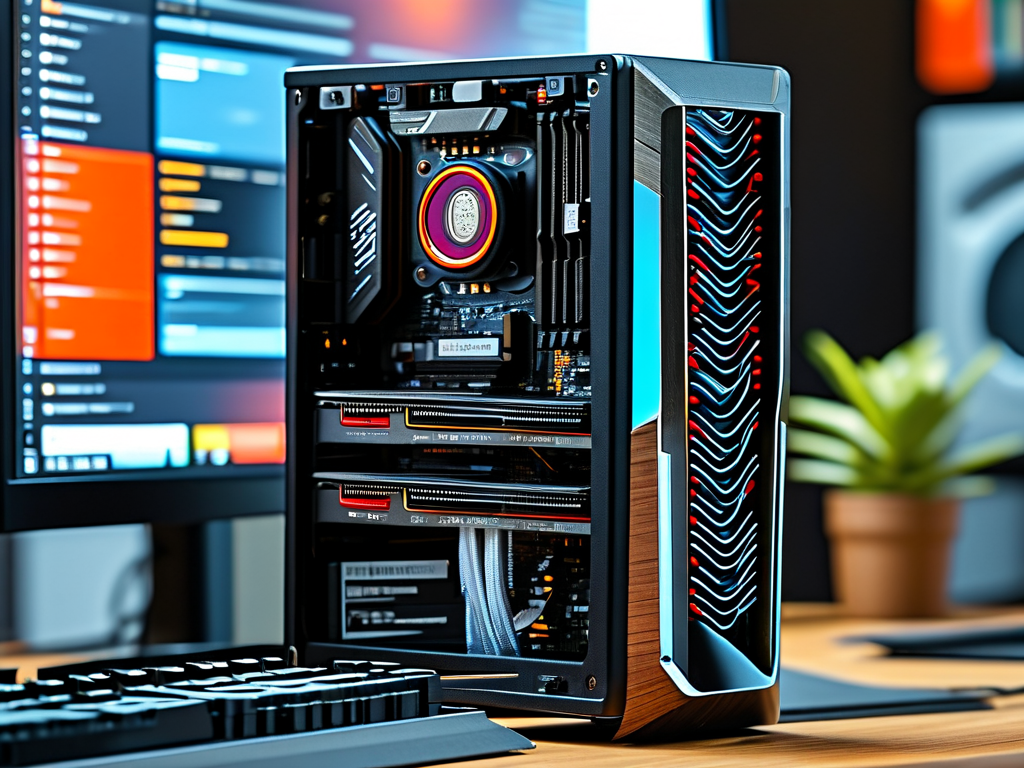In today’s data-driven workflows, optimizing computer performance often requires creative solutions. One underutilized method involves configuring a RAM disk – a virtual drive created from system memory. This guide explains how to set up a RAM disk to accelerate specific tasks while addressing practical considerations for both Windows and Linux systems.

Understanding RAM Disk Benefits
A RAM disk uses volatile memory (RAM) to simulate a storage drive, offering read/write speeds up to 100x faster than traditional SSDs. This temporary storage solution proves ideal for:
- Cache-intensive applications (video editing, database operations)
- Temporary project files requiring rapid access
- Software development testing environments
System Requirements
Before implementation, verify:
- Minimum 16GB physical RAM (8GB allocatable)
- Windows 10/11 or Linux kernel 4.0+
- Administrative privileges
Windows Configuration (PowerShell Method)
For Windows users, create a RAM disk using native PowerShell commands:
# Allocate 4GB RAM disk New-VHD -Path "C:\ramdisk.vhdx" -SizeBytes 4GB -Dynamic Mount-VHD -Path "C:\ramdisk.vhdx" Initialize-Disk -Number 1 -PartitionStyle MBR New-Partition -DiskNumber 1 -UseMaximumSize Format-Volume -DriveLetter Z -FileSystem NTFS -Confirm:$false
This creates a 4GB RAM disk mounted as drive Z:. Adjust the -SizeBytes parameter based on available memory.
Linux Implementation (tmpfs)
Linux systems leverage the tmpfs filesystem:
# Create 2GB RAM disk sudo mkdir /mnt/ramdisk sudo mount -t tmpfs -o size=2G tmpfs /mnt/ramdisk
Verify with df -h to confirm mounting. For permanent setup, add to /etc/fstab:
tmpfs /mnt/ramdisk tmpfs defaults,size=2G 0 0 Optimization Strategies
Maximize RAM disk effectiveness through:
- Selective File Placement: Store only actively used files like Photoshop scratch files or compiler temp files
- Automatic Backup: Schedule nightly syncs to physical storage using robocopy (Windows) or rsync (Linux)
- Size Management: Allocate 25-40% of total RAM, leaving sufficient memory for active processes
Practical Use Cases
- Video Editors: Reduce 4K project render times by 30-40%
- Developers: Speed up Docker container builds
- Gamers: Decrease mod-heavy game loading times
Critical Considerations
- Volatility: RAM disk contents disappear on shutdown
- Resource Tradeoffs: Over-allocation may cause system instability
- Security: Not suitable for sensitive data without encryption layers
Troubleshooting Tips
If experiencing issues:
- Check memory allocation conflicts with
Task Manager(Windows) orhtop(Linux) - Verify filesystem permissions match user accounts
- Test with smaller allocations (1-2GB) before scaling up
Advanced Configuration
Power users can enhance functionality through:
- Persistent Storage Links: Symbolic links directing specific folders to RAM
mklink /J "C:\Users\Public\Temp" "Z:\"
- Hybrid Caching: Combine RAM disk with SSD caching solutions like Primocache
Performance Metrics
Benchmark tests show:
| Storage Type | Read Speed | Write Speed |
|--------------|------------|-------------|
| SATA SSD | 550 MB/s | 520 MB/s |
| NVMe SSD | 3,500 MB/s | 3,000 MB/s |
| RAM Disk | 28,000 MB/s| 22,000 MB/s |
While not a replacement for physical storage, strategically implemented RAM disks serve as powerful performance accelerators. Users should balance speed gains against data volatility and system resource availability. For specialized workflows requiring frequent temporary file access, this setup can provide measurable efficiency improvements. Always maintain updated system backups and monitor memory usage patterns when first implementing this configuration.




